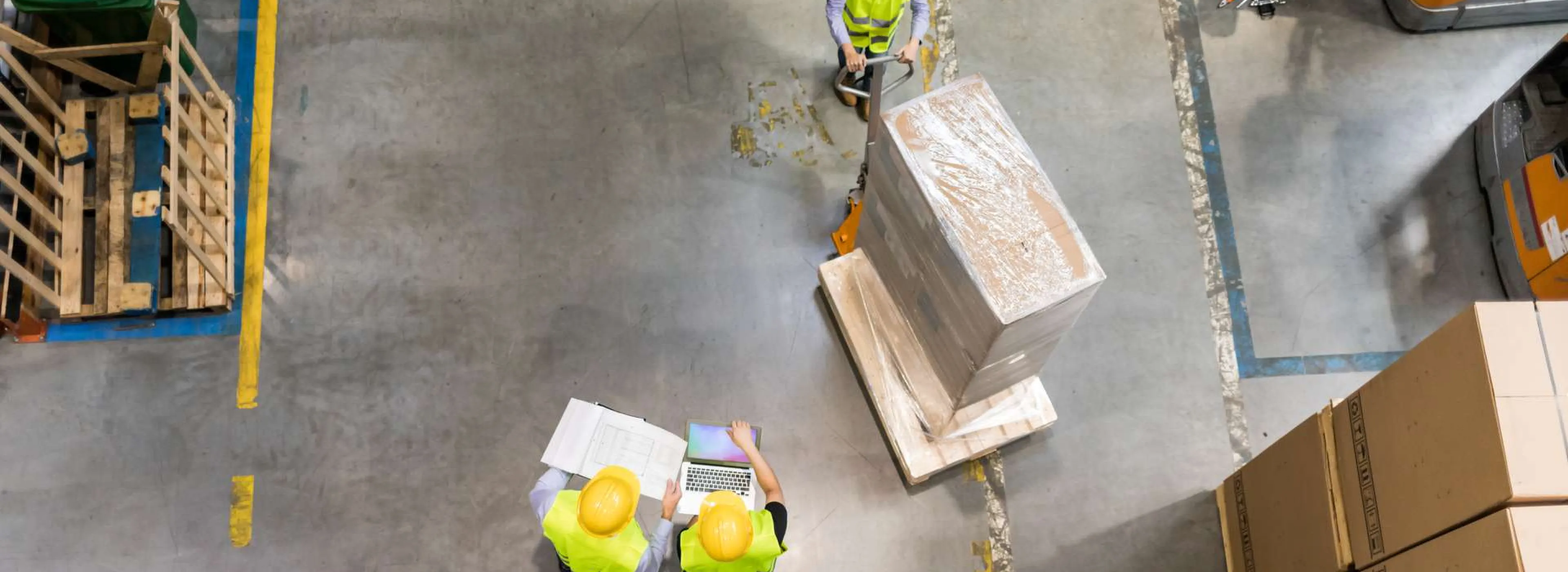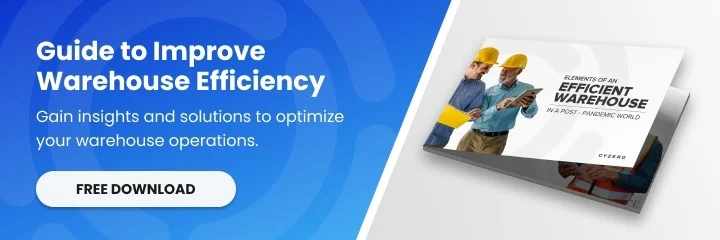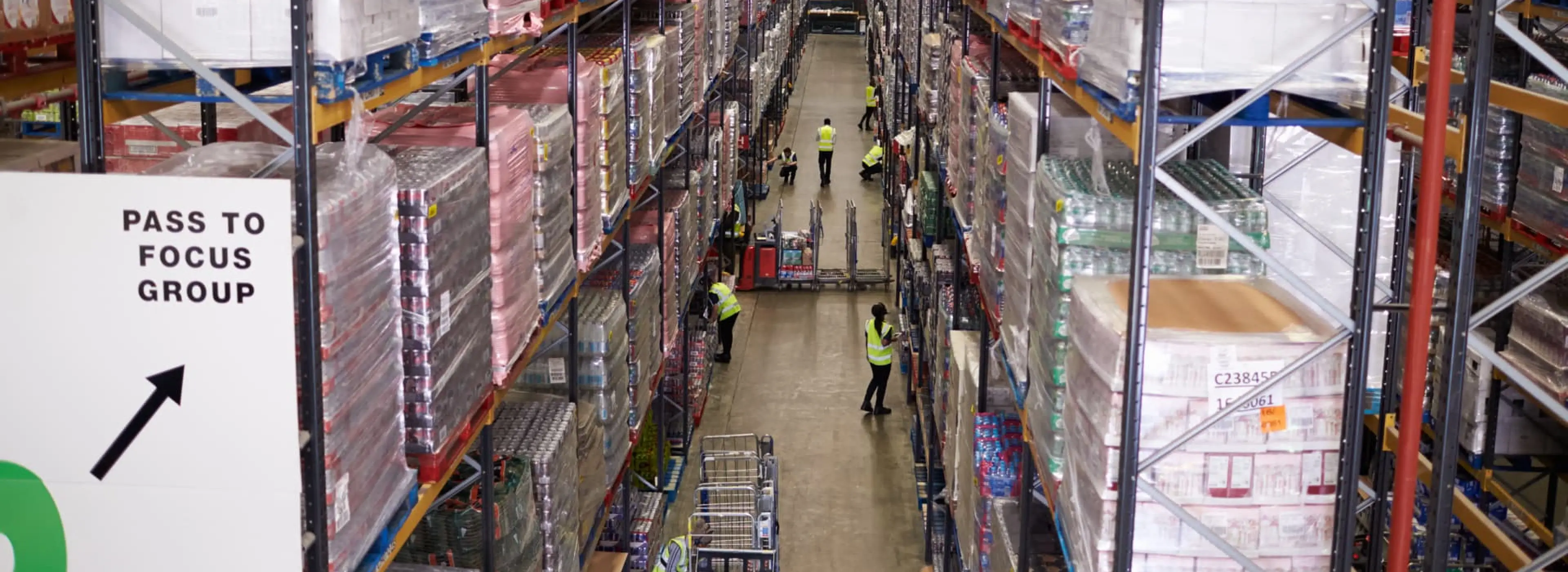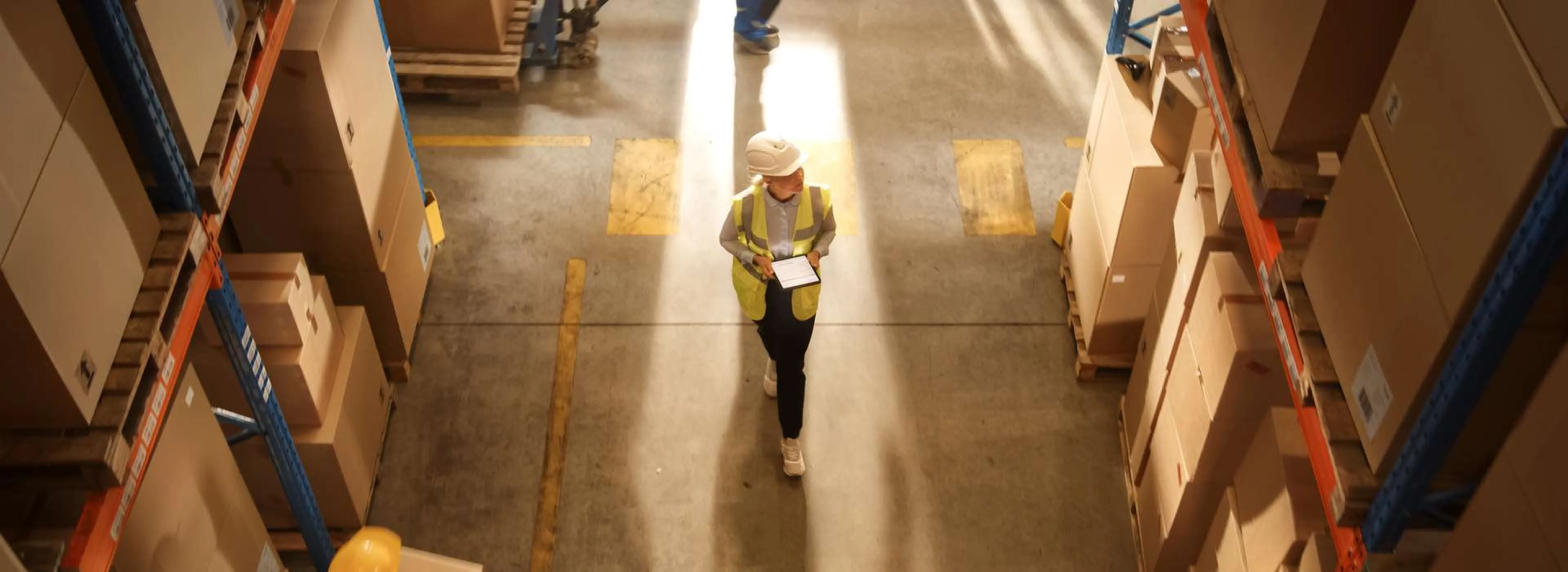Utilizing consolidation warehouses can improve your supply chain’s performance while reducing costs. This form of warehousing involves combining small shipments bound for a similar destination into a single truckload. As a result, you can reduce transportation costs, ship more frequently, and eventually boost your profitability.
Click Here: Boost Your Warehouse Efficiency With This Advanced and Affordable WMS
However, before reaping the benefits of utilizing a consolidation warehouse, it is crucial to consider various aspects of this warehousing, such as when to use it and its associated trade-offs.
First, let’s discuss what a consolidation warehouse means.
What is a Consolidation Warehouse?
A consolidation warehouse is a third-party storage facility where small shipments are combined into larger and more economical truckloads bound for a similar destination. The consolidated shipments may also go through regional distribution before being delivered to the end-users. Moreover, these facilities are strategically situated to accommodate fluctuating customer demands in a timely manner.
When Should You Use a Consolidation Warehouse?
Geographical Similarities Between Suppliers
If you have multiple suppliers located in the same geographical area, utilizing consolidation warehouses can improve your cost and operational efficiency. This is made possible because this form of warehousing pulls together multiple shipments from various suppliers and combines them into larger and more economical loads. These consolidated shipments are then transported directly to the destination.
Less-than-Truckload (LTL) Deliveries
Through this form of warehousing, you can frequently ship LTL loads to your customers in a cost-efficient and safe manner. Consolidation warehousing involves combining small shipments into a larger load, which is then directly delivered to the destination with minimal handling along the way.

Keep Up with Fluctuations in Customer Demands
As customer demands for some products fluctuate, storing them for long periods can reduce their overall value and increase inventory carrying costs. Through consolidation warehousing, you can source, consolidate, and ship such items per demand and lower your inventory levels.
Benefits of Utilizing a Consolidation Warehouse
Reduced Shipping Costs
Utilizing consolidation warehouses can significantly reduce your shipping costs because consolidation warehousing combines small loads of shipments into full truckloads and ships them directly to the destination. As a result, your transportation costs are shared with other companies shipping to a similar location.
More Frequent Shipping
With consolidation warehousing, you can ship smaller orders more frequently while reducing costs. These facilities can facilitate the storage and consolidation of small loads of shipments and their transportation per your customers’ requirements, resulting in improved flexibility for your freight shipping needs.
Improved Customer Satisfaction
As discussed in the two benefits above, consolidation warehousing provides you the flexibility to ship goods in a cost-efficient and frequent manner. This enables you to charge your customers less and effectively accommodate their demands, which eventually enhances your customer satisfaction levels.
Minimized Handling and Claims
Since the loads are combined and shipped directly to the destination, this warehousing minimizes material handling of goods along the way. With fewer touches, the risk of product damage is significantly lowered, reducing the chance for claims.
Requires Lower Levels of Inventory
Since consolidation warehousing involves the sharing of space by multiple suppliers, lower levels of inventory are required to fulfill customers’ orders. This can further result in an easier organization of goods and reduced inventory carrying costs.
Reduced Fuel Emissions
Since smaller shipments from various suppliers are consolidated into larger loads, this form of warehousing utilizes fewer trucks for transportation. This results in reduced fuel emissions and expenses and, eventually, environmentally friendly logistics.

Cons of Utilizing a Consolidation Warehouse
Inaccurate & Delayed Order Fulfillment
Utilizing consolidation warehousing that lacks proper coordination can lead to inaccurate and delayed order fulfillment. This form of warehousing involves frequent coordination among suppliers, processing centers, carriers, etc., to ensure that goods are delivered to the destination in an accurate and timely manner.
More Time Spent Planning & Organizing
As mentioned above, this form of warehousing involves frequent coordination, in-depth planning for consolidation and deconsolidation of shipments, and other related activities. As a result, utilizing consolidation warehousing can lead to more time spent planning, organizing, and executing an efficient operation.
To avoid the disadvantages of utilizing a consolidation warehouse mentioned above, it is recommended to choose a reliable logistics service provider who can proficiently perform all necessary operations. This, in turn, will ensure better cost and overall efficiency for your business.
Summary
To summarize, utilizing consolidation warehouses can optimize your supply chain and boost profitability. In this article, we discussed the pros and cons of using this form of warehousing to help you decide whether it can benefit your business. If you can find a reliable 3PL provider proficiently consolidating freight, this solution can bring significant efficiency to your supply chain.
To find solutions to optimize your supply chain while reducing costs, go to our Solutions Finder tool.
If you want to learn about warehouse technology and optimizing warehouse processes, follow us on LinkedIn, YouTube, X, or Facebook. If you have other inquiries or suggestions, please contact us. We’ll be happy to hear from you.












